The southeastern region of Turkey is facing heavy rainfall and flooding, resulting in at least 16 fatalities.
In recent days, Turkey has continued to suffer from natural disasters. Following a powerful earthquake measuring 7.8 on the Richter scale that claimed over 52,000 lives in the region and Syria less than two months ago, the southeastern part of the country is now grappling with torrential rains and devastating floods. As of March 18, at least 16 people have lost their lives.
The provinces of Adiyaman and Şanlıurfa, still in the early stages of reconstruction after the earthquake, are among the hardest hit areas. Continuous heavy rainfall since March 14 has led to widespread flooding. Rescue teams reported that in the past 24 hours, Adiyaman recorded 136 mm of rainfall, while Şanlıurfa saw 111 mm.
In addition to the human toll, there has been significant material damage. Streets are flooded, vehicles have been swept away, and residents are left helpless in muddy waters awaiting rescue, while roads are shattered and disrupted due to ongoing erosion from the floods.
Salih Ayhan, the governor of Şanlıurfa, stated that such flooding has never occurred in the region before, and authorities have urged residents to evacuate from the first floors and basements of their homes.
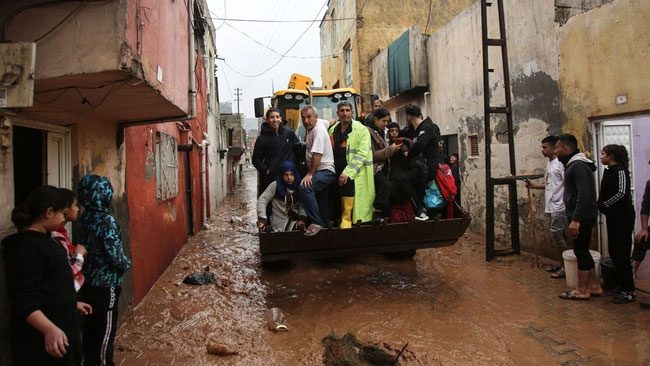
Rescue teams have been actively working to save residents.
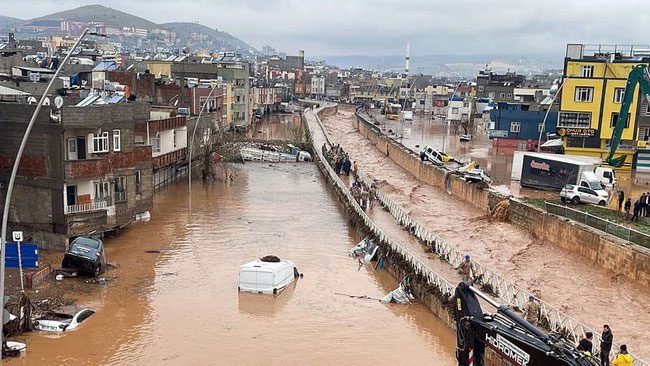
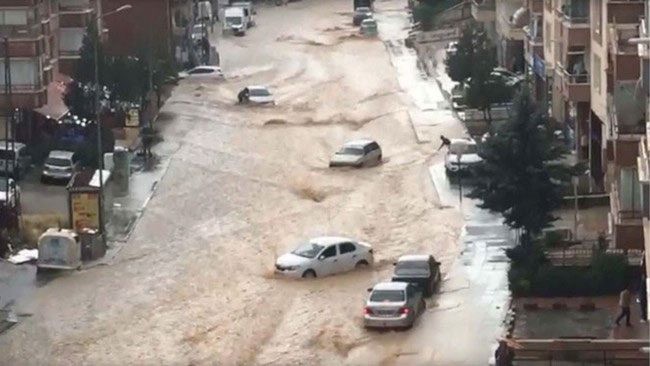
Vehicles swept away in the floodwaters.
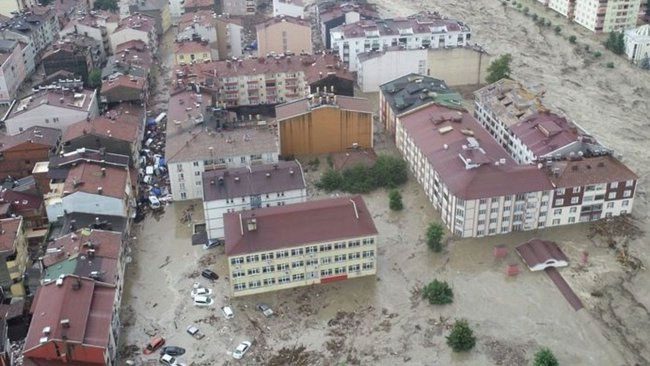
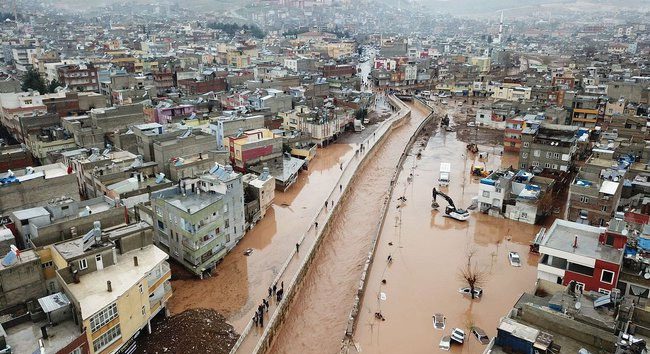
Flooding disrupts lives once again.
Meanwhile, a moderate earthquake shook a city in northeastern Turkey on Thursday (March 16). The earthquake, measuring 4.8 on the Richter scale, had its epicenter in the city of Bolu, approximately 162 miles east of Istanbul.
The mayor of Bolu, Tanju Özcan, reported that there were no reports of damage to any buildings in the city, but many residents fled outdoors in fear. Medical personnel responded to cases of panic-induced injuries, and some individuals were injured after jumping from balconies.



















































